The 32 UNESCO World Heritage Sites in the UK
The UK is renowned for its cultural heritage and its natural beauty, which clearly caught the eyes of UNESCO because they marked the first World Heritage Sites here in 1986.
Today, there are 32 sites and they’re categorised into cultural, natural, and mixed, spanning a range of places in England, Northern Ireland, Scotland, and Wales, and even beyond…
Keep reading to see the complete list!
Cultural
1. Castles and Town Walls of King Edward in Gwynedd (1986)The Castles and Town Walls of King Edward in Gwynedd (pictured above) is a collection of well-preserved castles and fortified complexes in Wales, built during the 12th and 13th centuries.
An unrivalled insight into colonisation and defence in the 13th century, as King Edward I sought to establish the English colony in Wales, many experts consider this one of the finest examples of military architecture from the period.
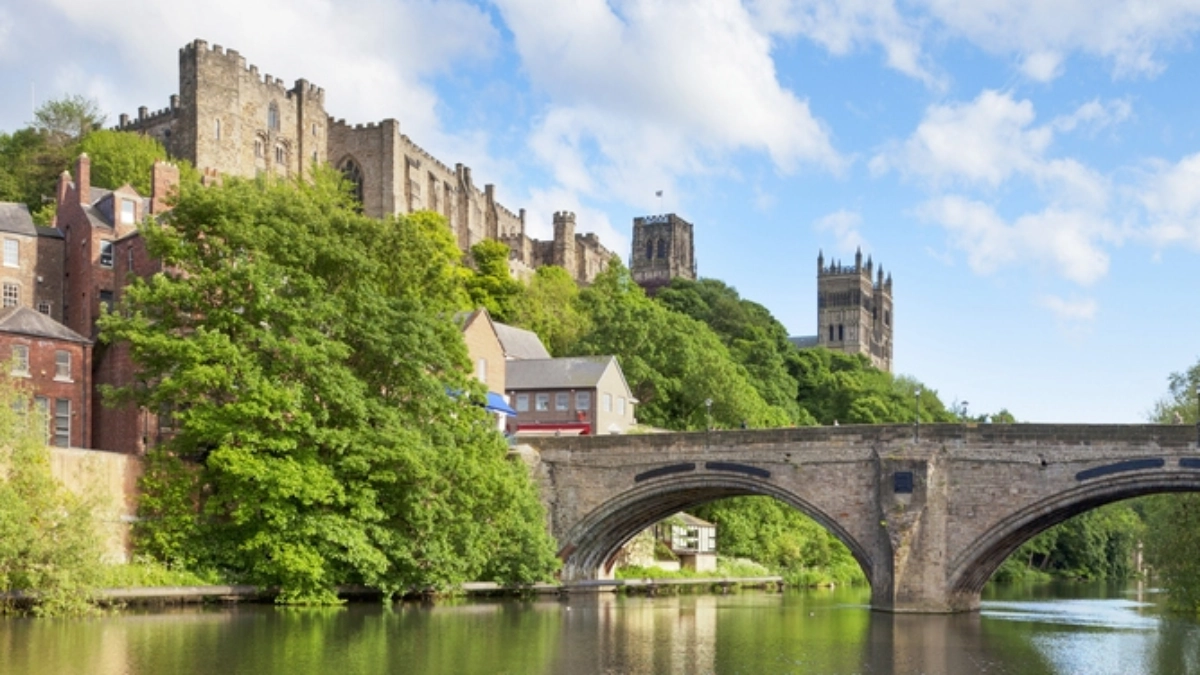
Durham Castle and Cathedral is a World Heritage Site in the northeast of England with both religious and historical significance. The Cathedral was formed around the 11th and 12th centuries to house the remains of St Cuthbert (634-687 AD) and Bede the Venerable (c. 673-735), and the Castle was developed to be a stronghold and the residence of the prince-bishop of Durham, who was responsible for defending the northern boundaries of England.
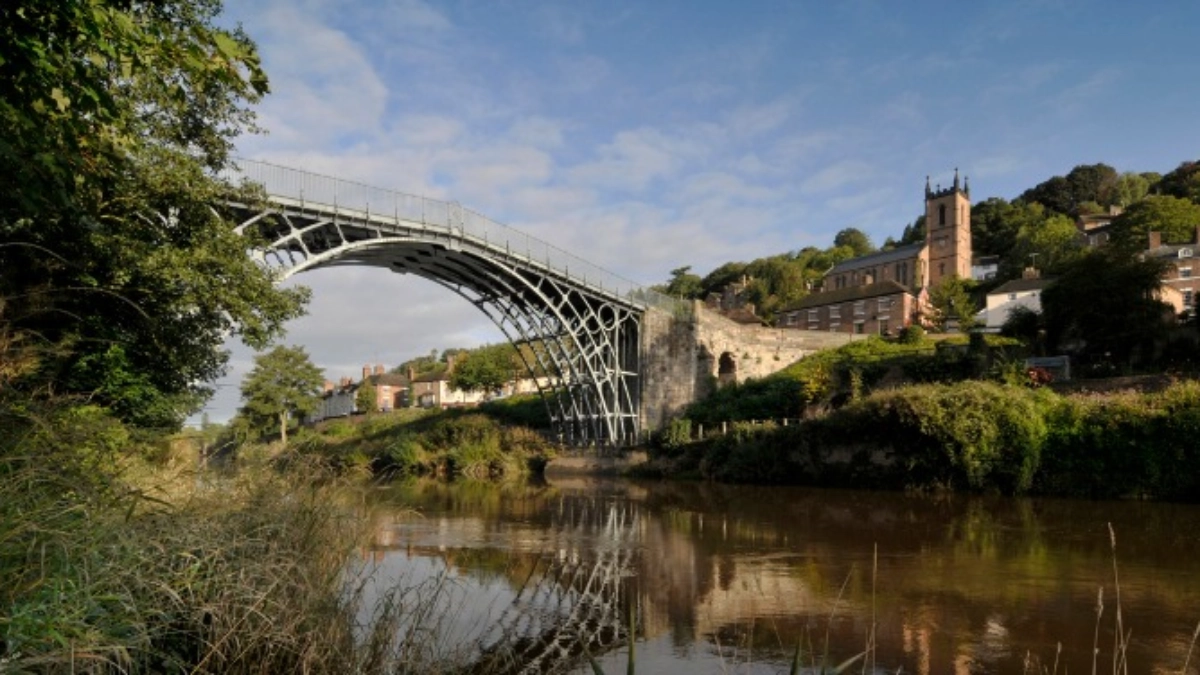
Set across 550 hectares in Telford, Shropshire is Ironbridge Gorge, seen by some as the starting point of the Industrial Revolution.
Once the centre of global attention from artists, writers, and engineers, both man-made and natural remnants of the boom remain today with the valleys and rivers, mines and factories.

Located in Wiltshire, only around two hours from London, is Stonehenge, Avebury, and Associated Sites, which includes a few notable locations around 15 miles apart.
There are hundreds of archaeological discoveries in this relatively small radius, but perhaps the most special is experiencing the summer and winter solstices framed within the 25-ton rocks of Stonehenge.

Studley Royal Park is a UNESCO World Heritage Site covering 800 acres of 18th-century land in North Yorkshire, uniquely designed around one of the largest Cistercian ruins in the world.
The Abbey was founded in 1132 and operated for more than 407 years until it was dissolved by King Henry VIII in 1539.
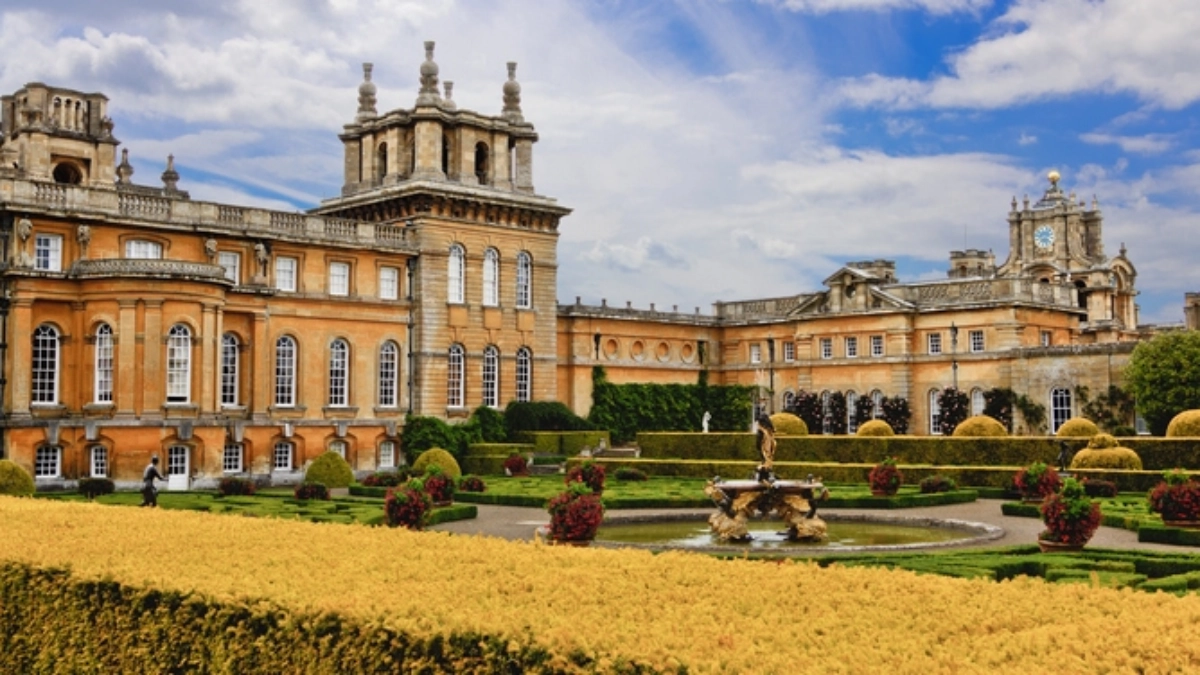
Situated on over 2,000 acres of land in Woodstock, the Cotswolds, Blenheim Palace was built to honour John Churchill, 1st Duke of Marlborough, between 1705 and 1722.
The 18th century mansion embraced the Oxfordshire countryside, and was one of the establishing examples of English Romantic Architecture.

The City of Bath, aptly named after the Roman baths built on the thermal springs there around 43 AD, is recognised for its extraordinarily well-preserved architecture from some of the most revered periods in history.
Many of the buildings are built from the local, golden Bath stone and fall into the Georgian or Palladian styles, and is widely regarded as one of the most beautiful cities in the UK.
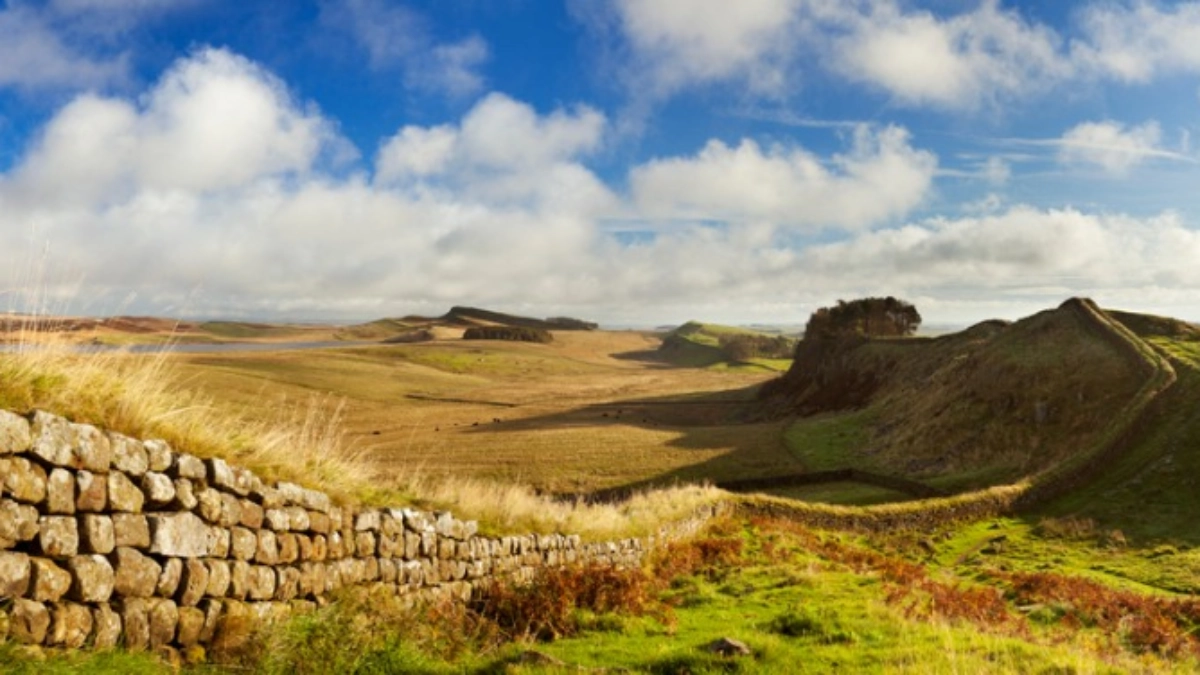
Made up of locations in the UK and Germany, the Frontiers of the Roman Empire is a selection of some of the most important fortifications of the Roman Empire from its height circa 200 AD.
Hadrian’s Wall and Antonine’s Wall are the two most famous, both of which were built in the UK to protect from ‘barbarians’ and still stand today.
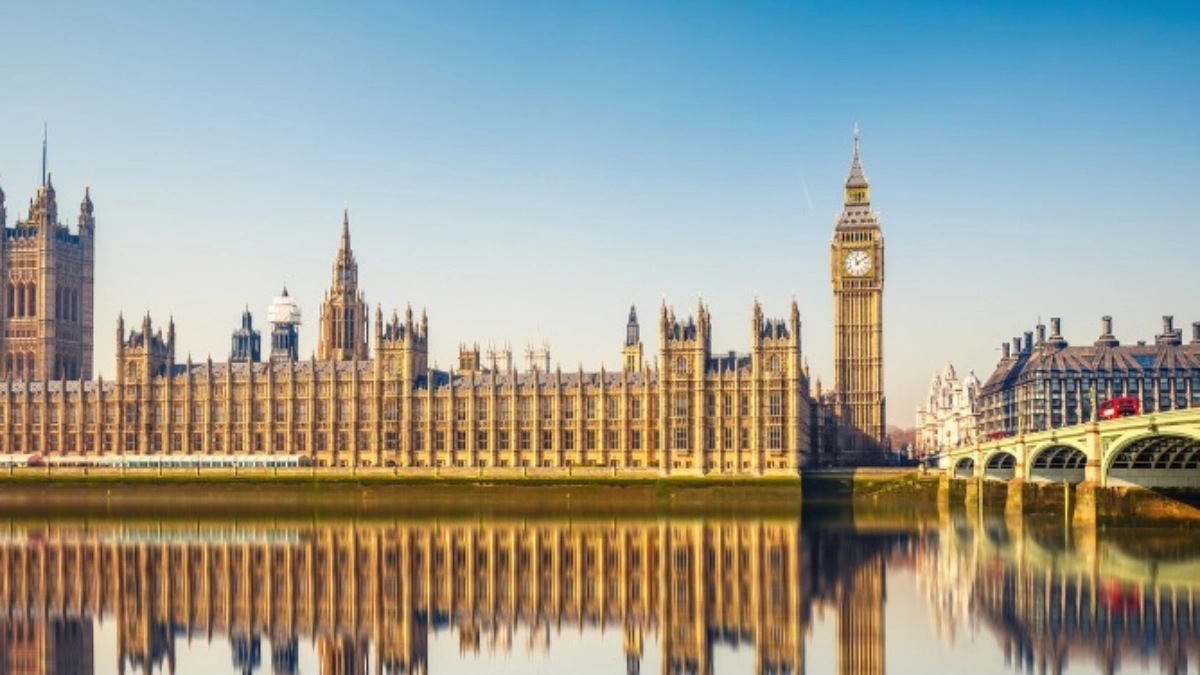
Potentially some of the most famous landmarks of British history and identity on this list, the Palace of Westminster and Westminster Abbey, are located on the River Thames in London.
The Palace of Westminster, the home of British Parliament, was originally built by Edward the Confessor in the 11th century.
Westminster Abbey has been used for coronations, marriages, and burials of monarchs for centuries.

Nestled in Kent are some of the most prominent religious structures in the UK. Canterbury Cathedral, for example, is the seat of the Church of England and was first established in 597.
The notable monuments include St Martin’s Church, the oldest surviving church in England, and St Augustine’s Abbey, which was originally built as a residence for Augustine and his monks and named after him following his death.

On the north bank of the River Thames stands the Tower of London, which UNESCO recognises for possessing outstanding universal value.
The globally-renowned castle was constructed by William the Conqueror as a display of Norman power, acting as both a fortress and gateway into London.

The capital of Scotland since the 15th century, UNESCO recognise the unique juxtaposition of the Old and New Towns of Edinburgh, earning World Heritage Site status.
The Old Town is overlooked by an ancient fortress, and full of charm from its winding medieval streets and alleys.
The New Town is an exceptional example of 18th century urban planning, with Georgian architecture, neo-classical fabricating, and panoramic gardens to boot.
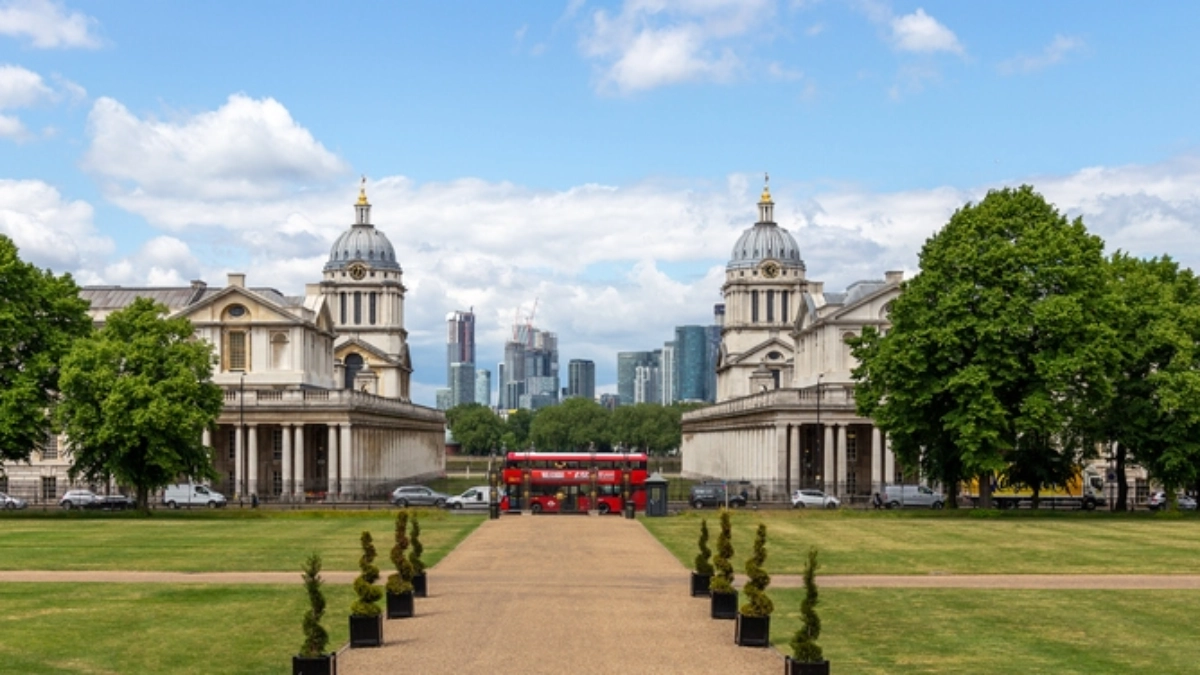
Alongside the River Thames is Maritime Greenwich, one of four UNESCO World Heritage Sites in London. Here, you’ll find the Royal Park, the Queen’s House, the Royal Observatory, and the historic town centre.
The Royal Observatory (c.1675) is, perhaps, the most famous monument of Maritime Greenwich as it’s home to the Prime Meridian, or the source of Greenwich Mean Time (GMT).

The Heart of Neolithic Orkney consists of four main sites scattered across the archipelago, which go a long way in demonstrating the way of life at the time, between 3000 and 2000 BC when Orkney was thriving.
They include the ceremonial Maes Howe that aligns with the rising sun on the winter solstice and one of the best-preserved Neolithic villages today, Skara Brae, a cluster of eight houses that offers an unparalleled look into life 5000 years ago.

Standing as a memory of when South Wales was the world’s powerhouse producer of iron and coal in the 19th century, Blaenavon Industrial Landscape is one of the most prominent insights into the Industrial Revolution in the UK.
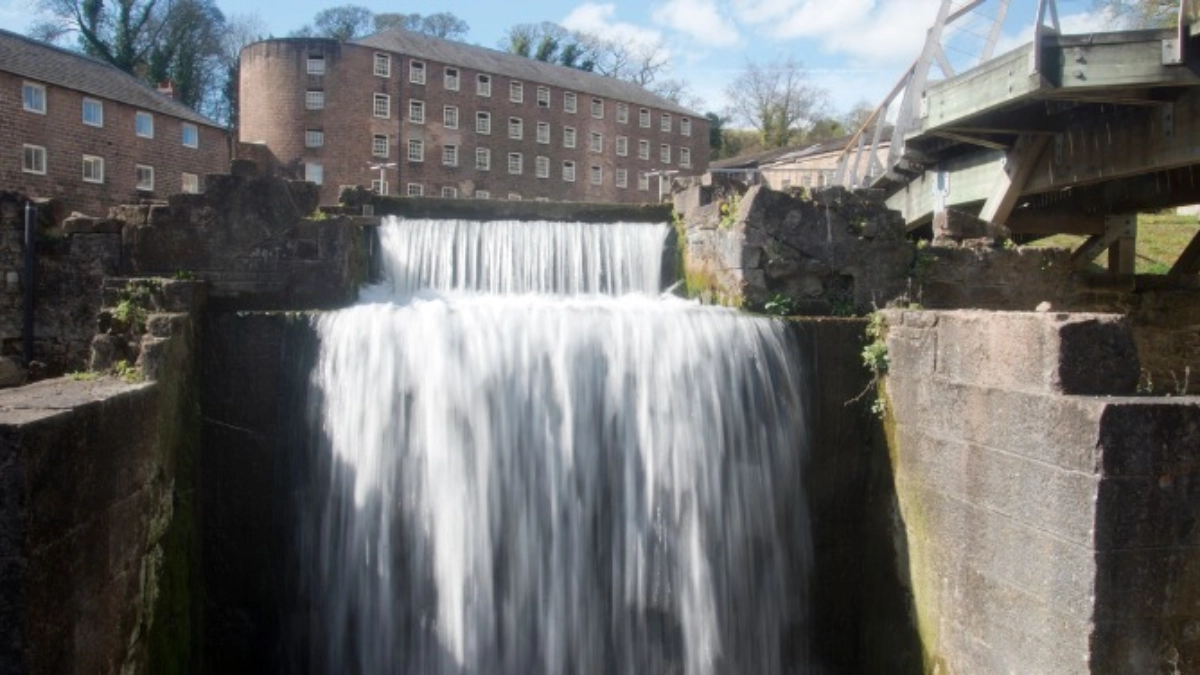
In Derbyshire, there’s a 15-mile stretch from Masson Mills to Derby Silk Mill of 17 sites that make up the Derwent Valley Mills, a UNESCO World Heritage Site.
Cromford Mills, near Bakewell, belonged to Richard Arkwright and was where he introduced the factory system into cotton mills in the 18th and 19th centuries.
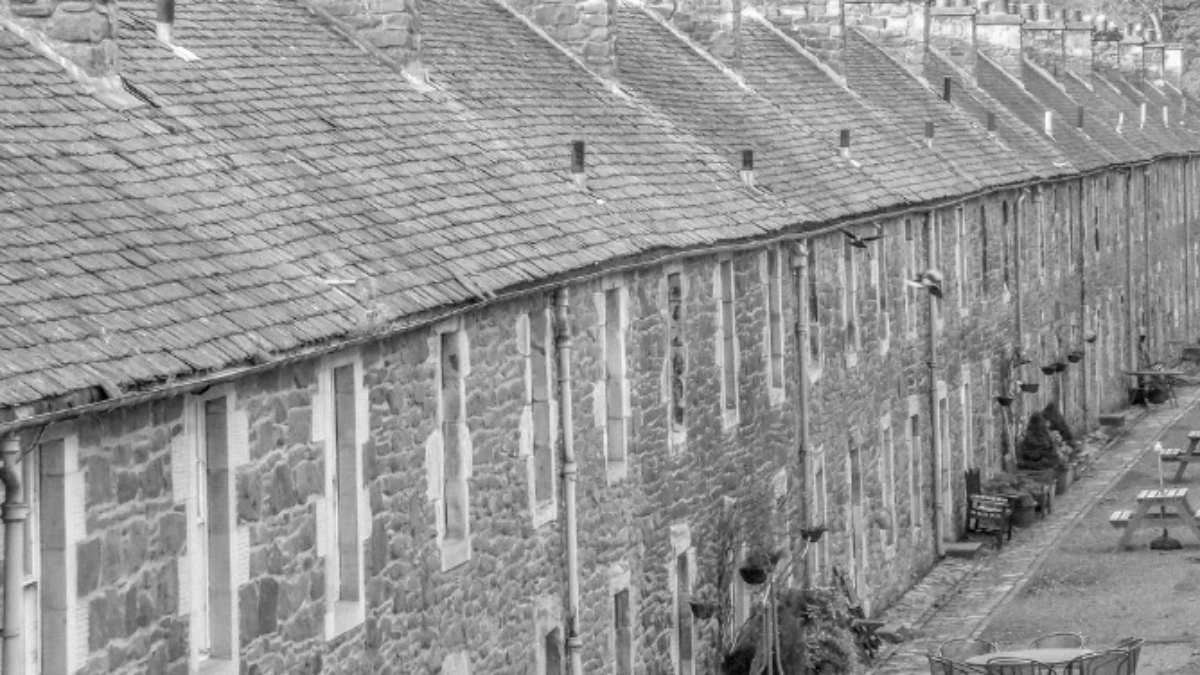
New Lanark is a settlement on the River Clyde in Scotland, near Glasgow. Built in the 19th century, it’s recognised for being an extraordinary example of a purpose-built mill village.
Idealist Robert Owen (1771-1858) built the model industrial community based on textile production with the intention of creating a utopian society. It was a breakthrough in history as it put workers’ wellbeing as a high priority.

Saltaire is a Victorian ‘model village’ in Bradford, recognised by UNESCO for its completeness and the range of buildings on show.
Built around Salts Mill, Titus Salt wanted to reduce the pollution in Bradford by moving the industrial areas outside of the city itself. When it was built in 1853, it was the largest industrial building in the world, and only closed as a mill in 1986.
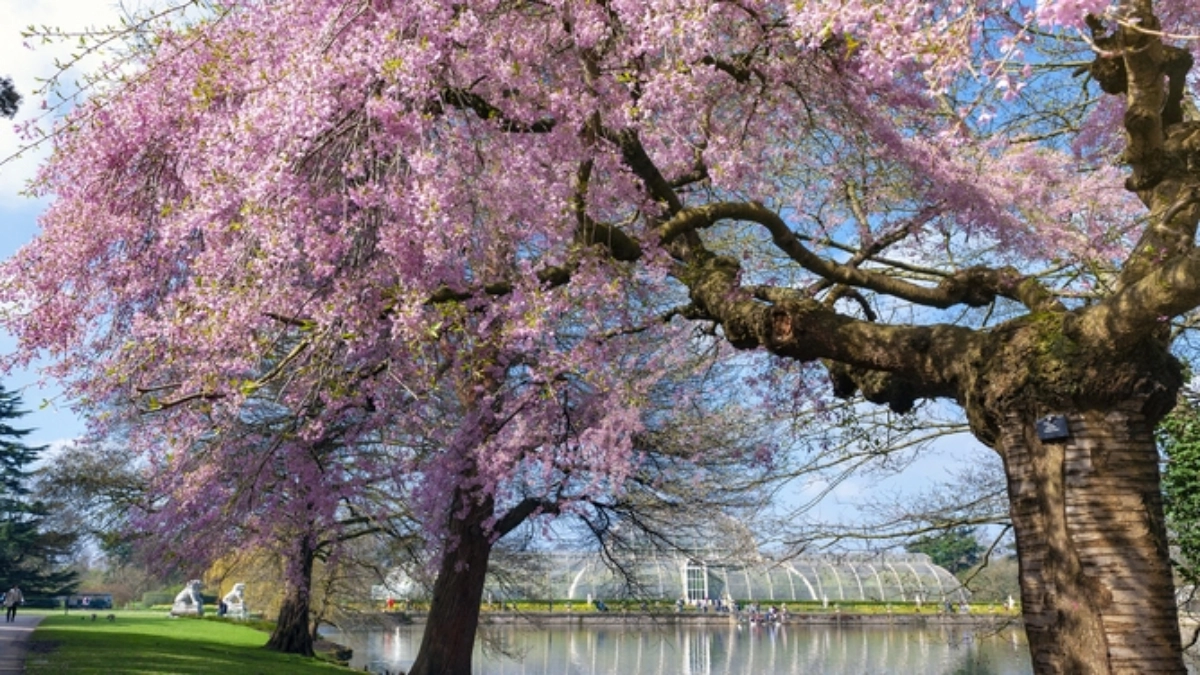
Nestled in Richmond upon Thames, the Royal Botanical Gardens, Kew is a globally-important research and education facility.
Today, it stands as an outstanding emblem of a significant period in human history: 18th century English garden design that became so ubiquitous across Europe, and the world.
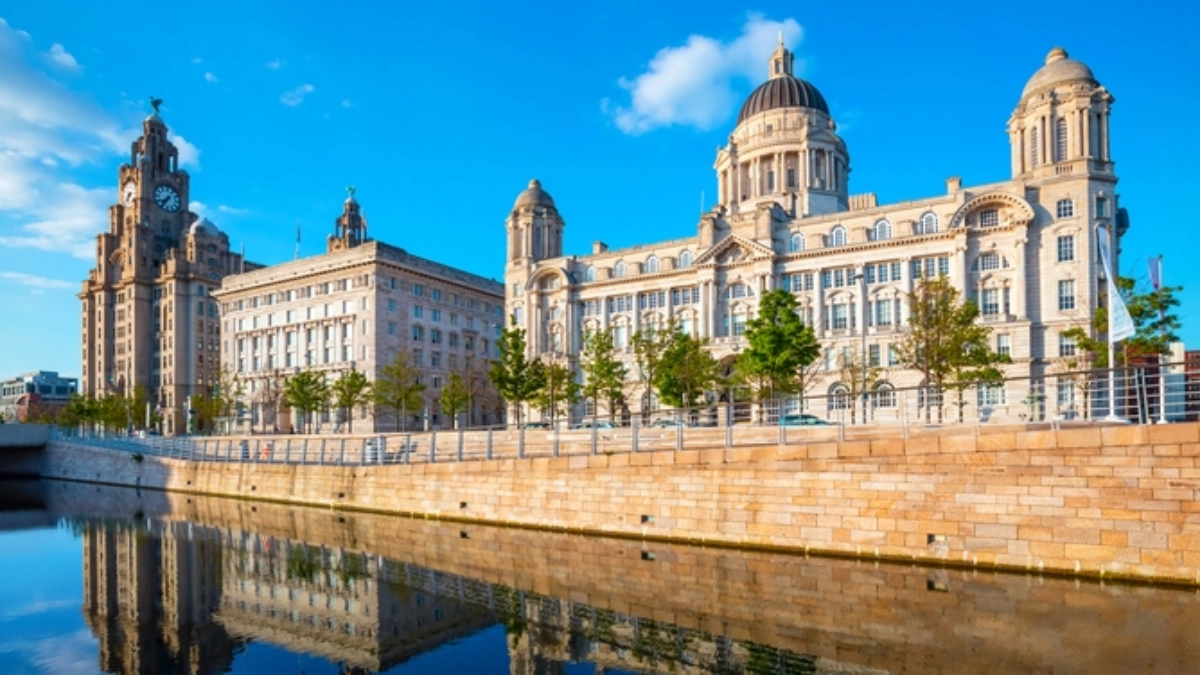
Right where the River Mersey meets the Irish Sea, Liverpool – Maritime Mercantile City is made up of six of some of the most famous landmarks in the area, like Pier Head, Albert Dock, and William Brown Street.
It played an important part in the proliferation of the British Empire in the 18th and 19th centuries, as one of the largest ports in the world.

Cornwall and West Devon Mining Landscape is designated as a World Heritage Site because of the way the area was remodelled by copper and tin mining during the 18th and 19th centuries. The area, at its peak, was responsible for as much as two-thirds of the world’s copper. Mining actually continued here until 1998!
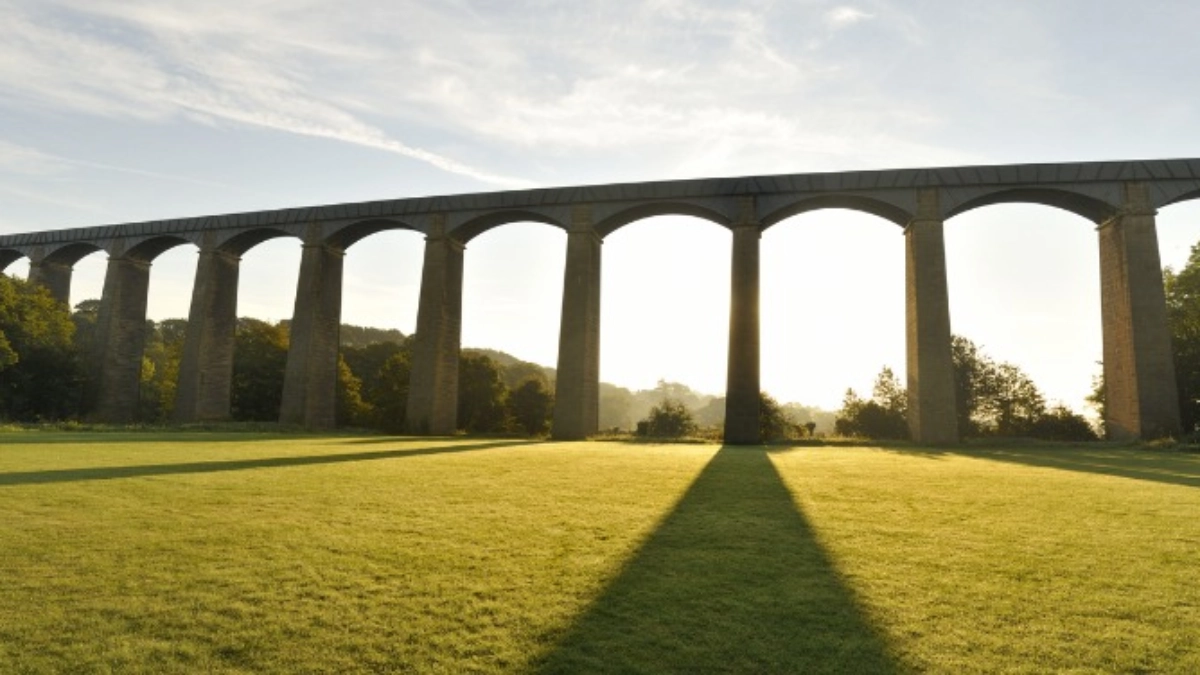
Pontcysyllte Aqueduct and Canal is an 11-mile long product of the Industrial Revolution in Wales. Finished in 1805, it spans some of the most challenging terrain in the UK.
Remarkably, it was produced without canal locks, and a light yet robust mix of stone and cast iron are the basis for the elegant 18 arches that span the deep valley.

In Scotland, the Forth Bridge stretches over the River Forth’s estuary to connect Fife and Edinburgh by railway. Opened in 1890 and spanning 2,467m, it had the longest single-cantilever in the world at the time, and remains the second longest to this day.
It’s an extraordinary milestone in bridge design and played a significant role in the expansion of long-distance railway travel in that era.
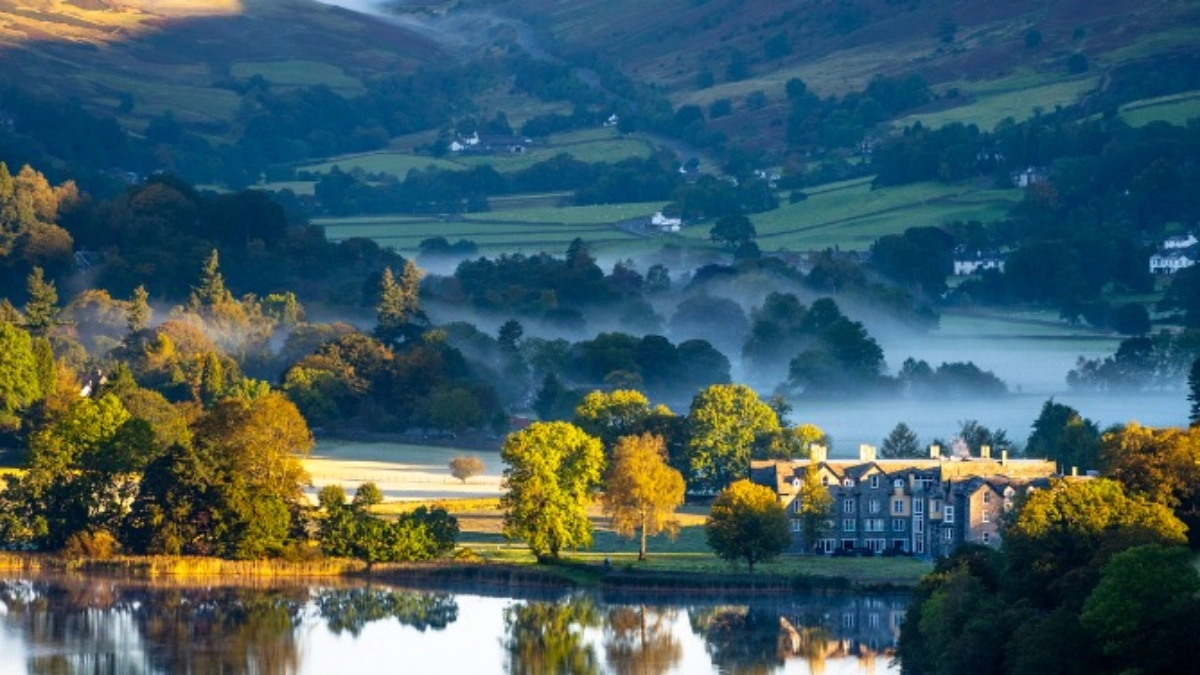
Located in Cumbria, the English Lake District is more than 2,000 sq. km recognised by UNESCO as a ‘cultural landscape’ – it’s quite easy to see why.
The area is famous for its mountains, lakes, houses, gardens, and parks and has been revered by many famous figures since the 18th century.
Beatrix Potter is perhaps the most notable admirer of the Lake District, and she left her 14 farms, 4,000 acres, and flocks of Hendrick Sheep to the National Trust so the land would continue to be protected.
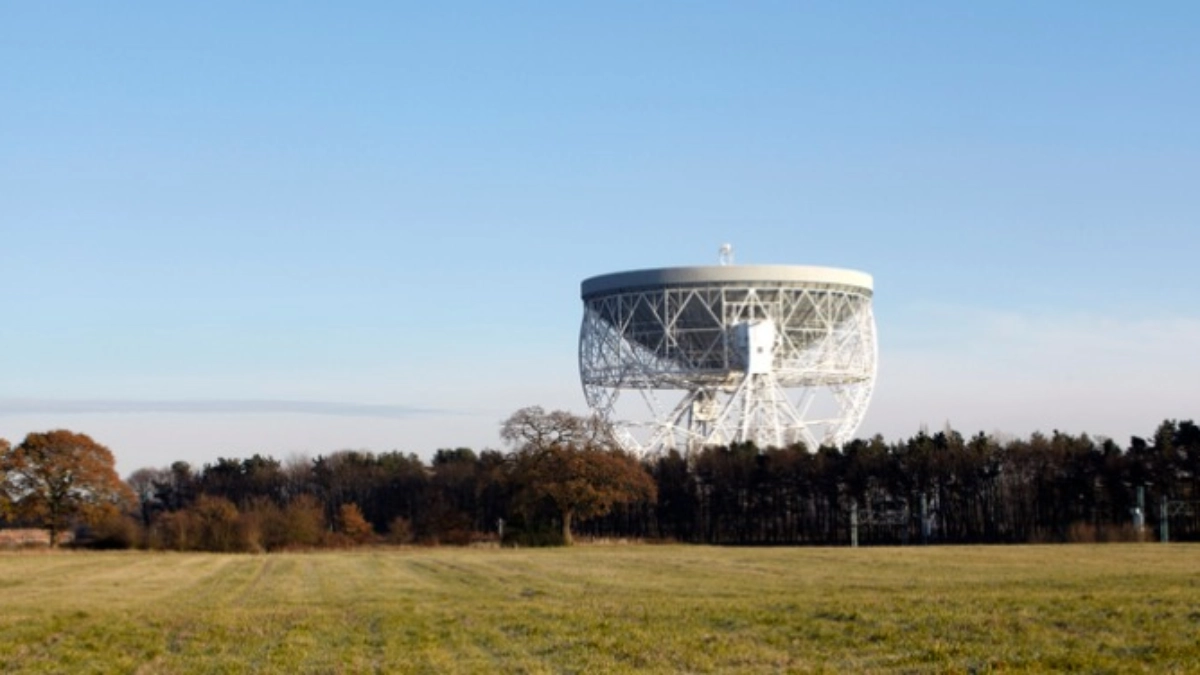
Near Manchester is Jodrell Bank Observatory, recognised by UNESCO for its role in the pioneering of radio astronomy. It’s the site of many scientific accomplishments that have helped us to understand the universe around us.
The Mark II Telescope, which is one of the key relics of the breakthroughs made here and the 76-metre Lovell Telescope, which is one of the instruments still used to pioneer astrophysics today, are the two key pieces of history on this site.
Natural

Northern Ireland’s Giant’s Causeway is a unique collection of over 40,000 basalt columns pointing out of the sea. The lasting impact of volcanic activity from the Tertiary period, around 50-60 million years ago.
The Causeway Coast itself almost 20 miles of coastline designated an Area of Outstanding Natural Beauty (AONB), which was added to the original World Heritage Site (originally just the Causeway) by UNESCO.
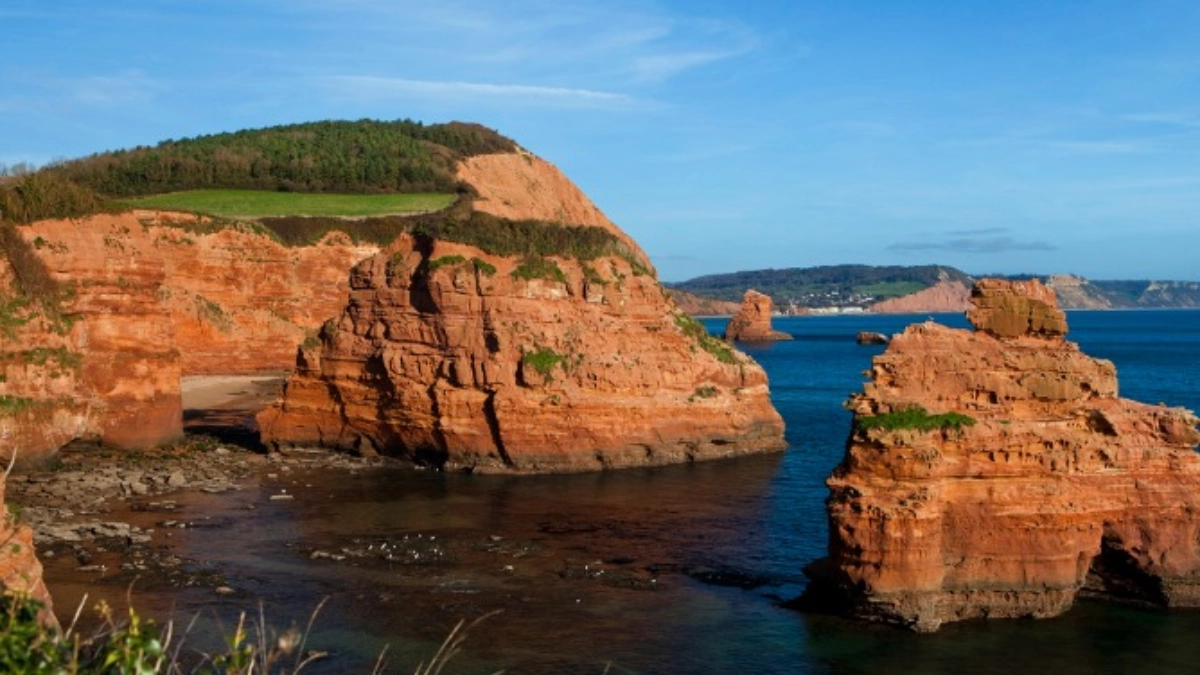
Affectionately known as the Jurassic Coast because of the insight it has recorded of around 185 million years of the Earth’s history as well as the many fossil discoveries, the Dorset and East Devon Coast is nearly 100 miles of coastline adjacent to the English Channel.
It’s been studied for over 300 years, and is recognised as one of the most important research sites in this field.
Mixed
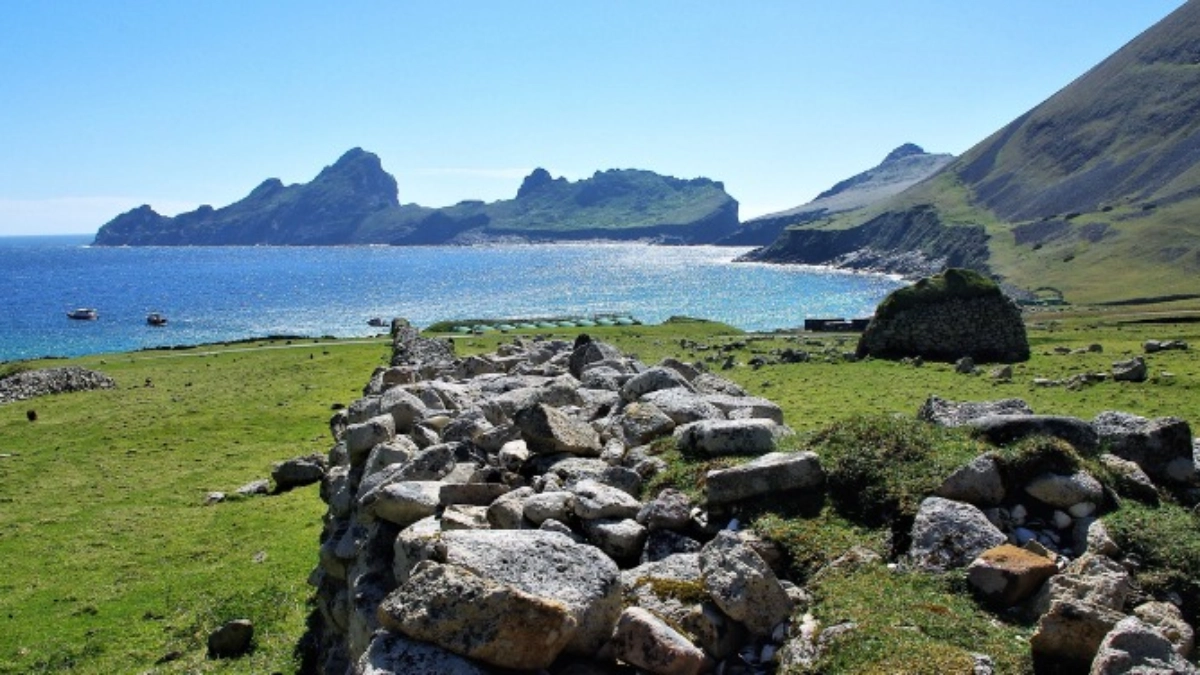
The only double World Heritage Site in the UK, St Kilda is an archipelago 30 miles off the coast of Scotland, in the Atlantic Ocean. Although the last inhabitants were evacuated in 1930, people had lived there for thousands of years beforehand.
St Kilda is recognised by UNESCO as a cultural site for being home to extraordinarily well-preserved relics of human life from historic and prehistoric periods.
The natural recognition St Kilda receives from UNESCO covers a variety of features. For example, Hirta has some of the largest sea cliffs and sea stacks in the UK.
British Overseas Territories
As we mentioned before, there are some World Heritage Sites further afield than the UK itself. Here are those in British Overseas Territories, which are to consider for your international holidays, and some of them don’t even allow tourists!
Cultural
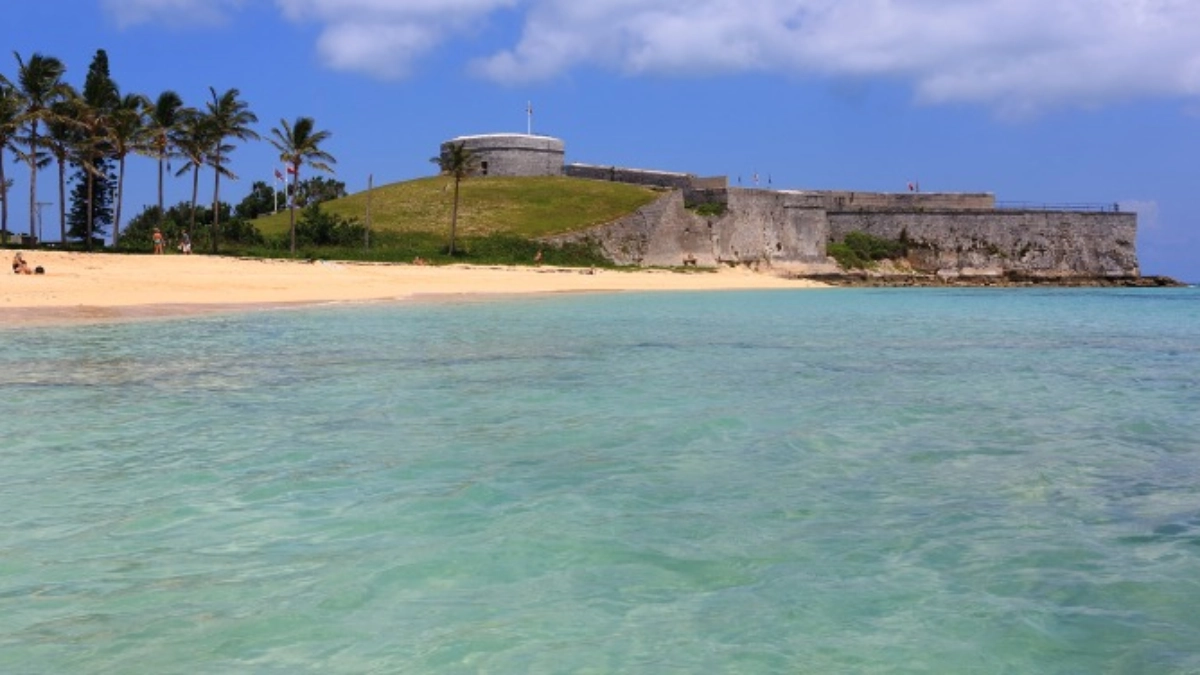
Onto Bermuda now, where St George is an exceptional example of a fortified colonial town, continuously occupied since the 17th century and recognised by UNESCO as the Historic Town of St George and Related Fortifications, Bermuda World Heritage Site.
St George is the oldest English town in the ‘New World’ and illustrates the evolution of the British military over three centuries.
Gorham’s Cave Complex consists of four caves in Gibraltar and is brimming with comprehensive archaeological deposits, including compelling evidence of Neanderthal life in the area more than 100,000 years ago.
Natural

Deep in the South Atlantic Ocean, Gough and Inaccessible Islands are home to some of the least-disrupted ecosystems left on earth.
Gough Island has two unique land birds and 12 plants that are only found there. Inaccessible Island has two birds, eight plants, and 10 invertebrates that aren’t found anywhere else in the world. And those are just the species we know about…
Onto another remote and untouched world, Henderson Island is in the South Pacific. A British Overseas Territory, this is part of the Pitcairn Island group.
10 plants and four land bird-species are unique to Henderson Island, which is especially impressive considering its size. It’s widely used for the study of insular evolution and natural selection, and offers great insight into both.


